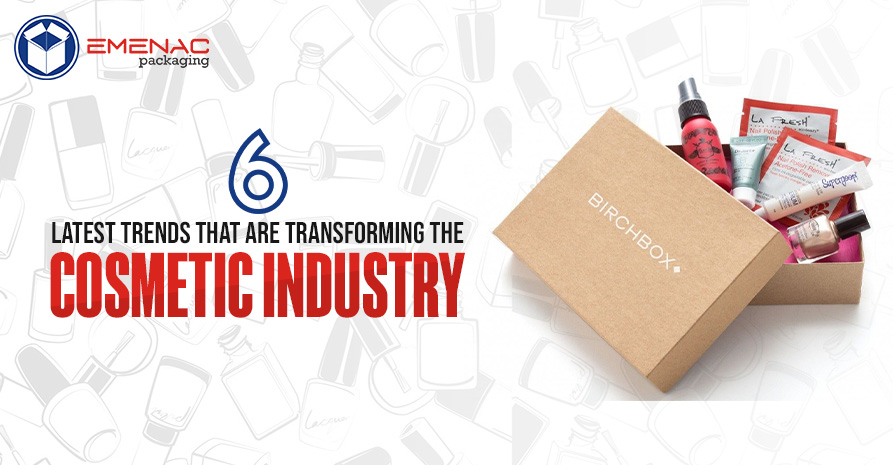
According to Forbes, the cosmetic industry is valued $532 billion worldwide and the US has covered the largest share after China and Japan. However, not all the US brands benefit from the overall market in the same ratio because of failing to meet the new customers’ demands. The winning brands align their strategies in compliance with the latest trends that revolve around the redefinition of beauty and the role of beauty in the customers’ lives.
Let’s explore the latest trends that are transforming the cosmetic industry and introducing new horizons for growth and success.
Ipsos conducted a survey entitled “What the Future: Beauty” that analyzed the behavior of beauty customers. Customers are hesitant to buy new beauty products as 80% of customers claim they are satisfied by the beauty products they are already using. On the other hand, the majority of them are looking to purchase cosmetic products only from trusted brands that’s why Estee Lauder and L’Oréal continuously show stronger results.
Customers use the criteria for product choice that is based on neutrality, cleanliness, and sustainability. New brands have a chance to dominate the existing ones if they focus on manufacturing beauty products that are natural, clean, and sustainable. These features are not similar, natural means only the presence of naturally occurring ingredients, clean signifies healthy without any dire effects, and sustainable refers to completely reusable & recyclable including product packaging.
The majority of customers reject buying cosmetic products on the basis of only a virtual try-on app experience. To overcome the customers’ resistance, you need to deliver them free samples to test and also keep your return policy easy so they can open up to buy in the future. Meanwhile, brands use unique selling propositions to launch a new product that are mostly related to offering discounts to lower prices.
The strategies for hiring influencers in the beauty industry shift by focusing on the friends and family of the customers. These are the people who have a profound influence as compared to a stranger on Instagram so brands target mothers to create a multi-generational influence on younger women.
Beauty customers are looking for an all-inclusive definition of beauty that is independent of facial features, ethnicity, race, skin color, and gender. The strategies of using photo-shopped perfection as a standard and making people feel inadequate are not enough to sell your products. You need to include people by celebrating all the aspects, it will motivate them to buy your product again.
Now customers are aware of the fact that influencers show unrealistic and unachievable ideals to consider as beauty standards. To fill the gap, the personal connection with physical retailers also plays a major role in helping the customers find the unique beauty image that is different from the celebrities, or paid influencers.
Customers also regain their rights to define beauty on the basis of some non-tangible terms such as confidence, kindness, and intelligence. Meanwhile, they keep on using cosmetic products for better reasons such as natural, sustainable, and clean cosmetic items.
The cosmetic industry is transforming because of the latest trends in customer behaviors. Customers are ready to buy from trusted brands unless the new brands make some radical changes in the product regarding organic in nature, sustainability from all aspects including packaging, and healthy. Brands also try to develop multi-generational strategies to influence customers rather than using strange influencers.